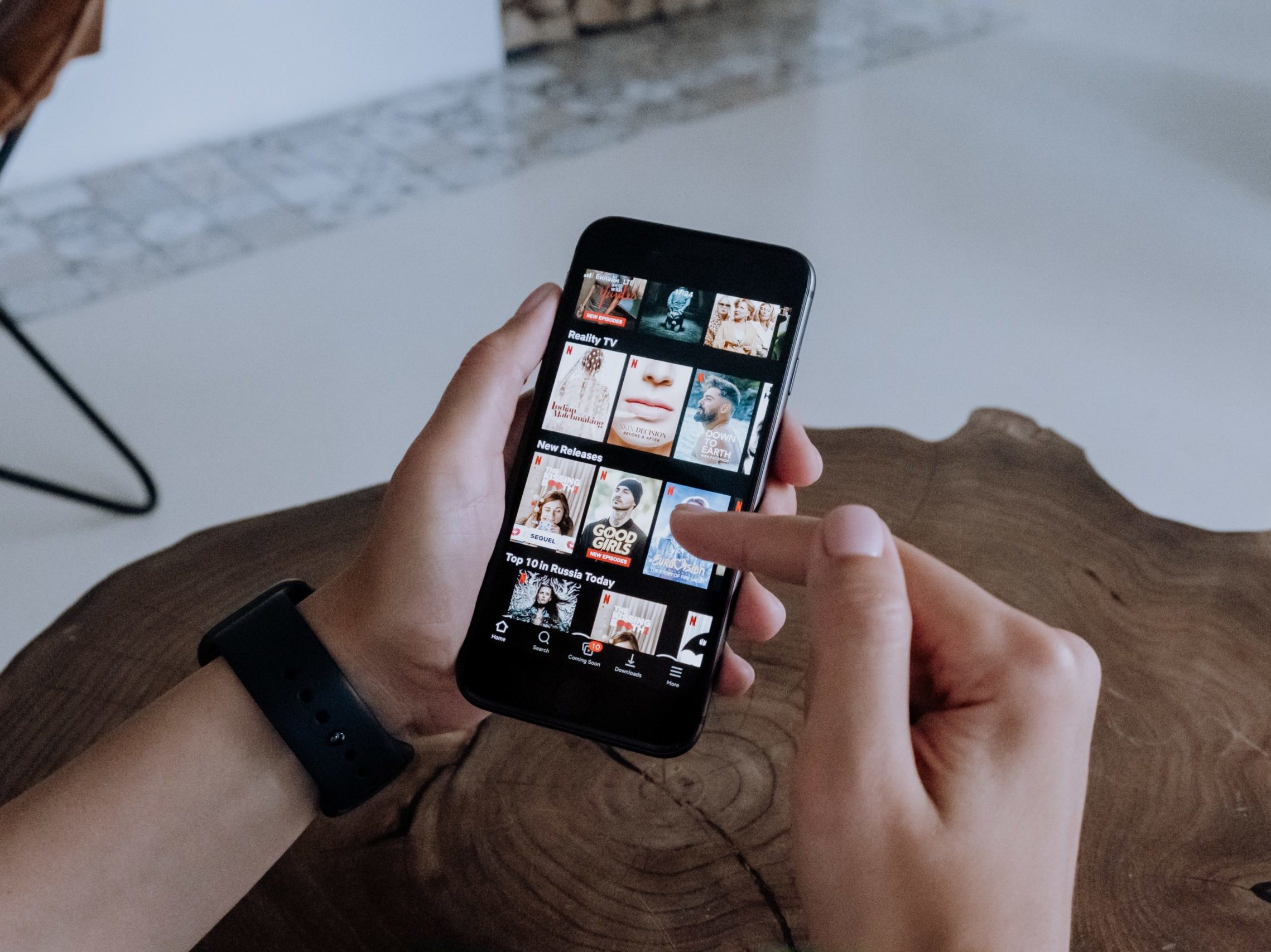1/9/23
Since its founding in 1997, the streaming service Netflix was intended to be one of the most accessible methods for consumers to view movies. The founders, Reed Hastings and Marc Randolph, envisioned a website where movie watchers could order with the simple click of a mouse. At the time, subscribers were able to rent an unlimited number of DVDs each month that would arrive in the mail in the company’s signature red envelopes. Ten years later, Netflix introduced streaming services, and in 2013, they kickstarted their first in-house-produced show, “House of Cards.” Today, some of television’s most beloved shows, such as “Orange is the New Black” and “Stranger Things” are Netflix productions, and the service boasts more than 120 million subscribers.
Netflix paved the way for many other streaming services to follow, and it is now joined by dozens of other competitors. In 2008, Hulu launched to the public, initially housing two models in which the free plan limited the amount of content that was accessible by users, and a paid subscription contained a larger catalog of content. With more than 20 million subscribers now, Hulu has also added additional features including full seasons of shows, day-after access to live-aired TV, and even the ability to watch live televised sporting events. The Walt Disney Company also took a dive into the streaming world through its release of Disney Plus, which primarily distributes films and series produced by Disney. After the company’s acquisition of a number of other media brands, the platform now is the sole owner of content from Marvel, Star Wars and National Geographic. Most recently, WarnerMedia launched HBO Max in May of 2020, featuring many of its classic shows and movies, as well as a number of big titles. What was unique about this service was that it included many TV shows that initially aired on other networks and were not initially available on many other platforms.
Initial costs for many services were low, as entertainment companies were eager to attract subscribers. Netflix’s original subscription price was $8 per month upon its streaming release. When it first entered the market in 2019, Disney Plus boasted that its monthly $6.99 fee was nearly half of that of Netflix’s. Hulu’s initial free model allowed for users to view content without paying an initial price (despite the many advertisements they also needed to view alongside their content). However, heading in 2023, nearly all major subscription services are hiking their monthly rates, which could potentially lead to cancellations as consumers decide which platforms to keep. As of 2023, there is a basic Netflix plan that costs $6.99 a month, but subscribers can only watch content on one device at a time, and they must do so with ads. The premium plan, which allows subscribers to watch ad-free on up to four devices at a time, is now $19.99 a month, a whopping 149.875% increase from its initial fee, and a 124% increase from its most recent price ($17.99 in 2020).
Many companies attribute these price hikes to demands from investors who emphasize profitability, but raising prices when consumers have already been more conscious of their spending amidst increasing inflation has resulted in slower subscriber growth in the past year. Nevertheless, this is a risk that companies are willing to take, especially the major services that already produce highly popular content that is inaccessible to viewers outside of their streaming platforms. Smaller and newer services, like Apple TV+, are most vulnerable, as they do not have an established catalog of content to rely on, what many are calling “must have” content franchises.
Data is already showing that these increased fees will result in serious repercussions for many companies. According to findings from Statista’s Global Customer Survey, two thirds of American adults said that they would cut back on subscriptions to save money during times of high inflation. Only a few days into this new year, it is clear that the recent changes in the U.S. streaming landscape may not be for the better and will cause customers to continue to reevaluate their entertainment options.

